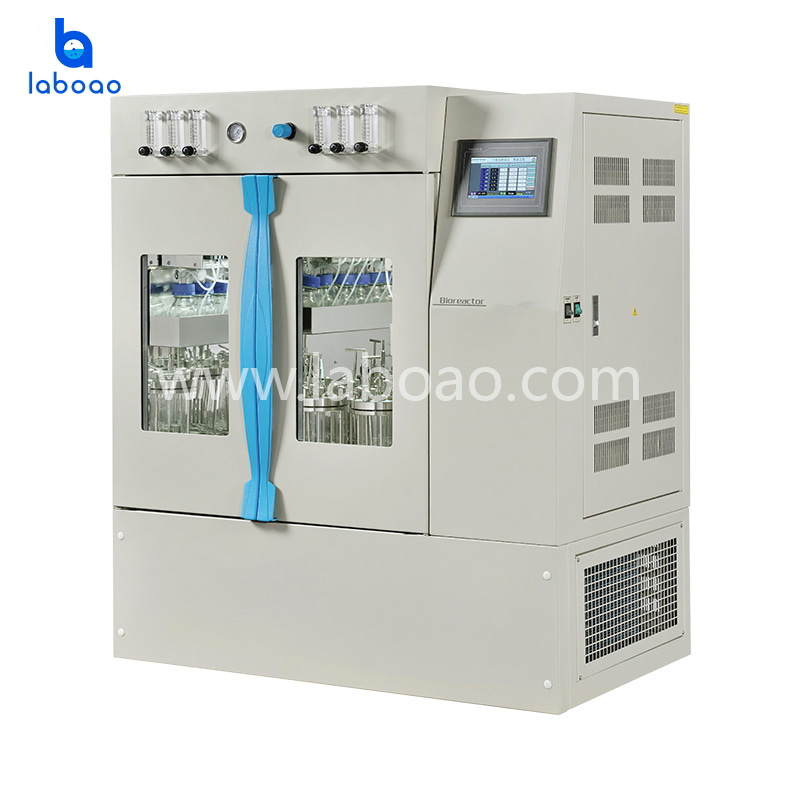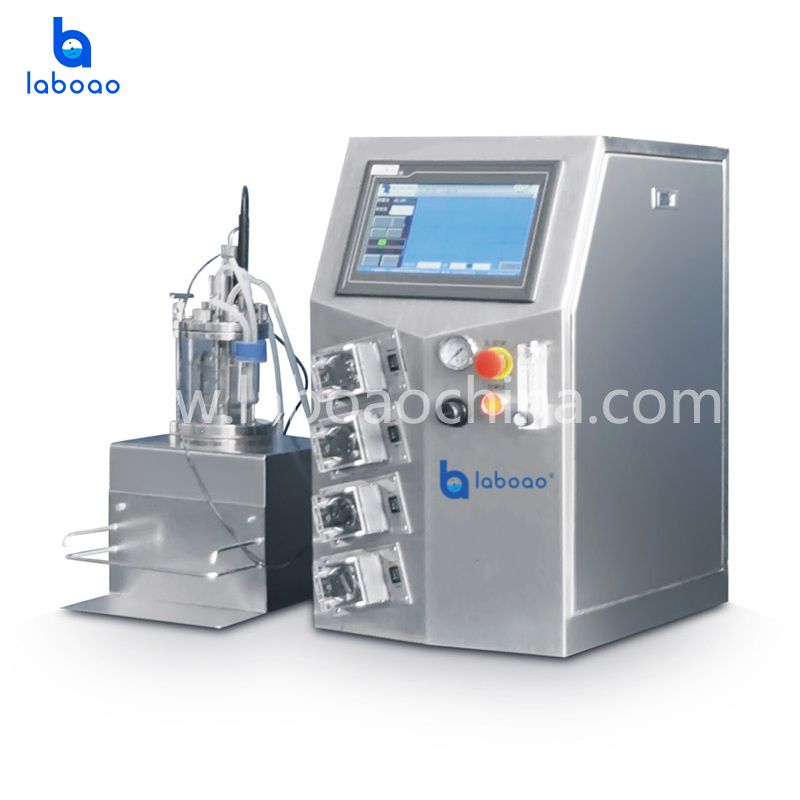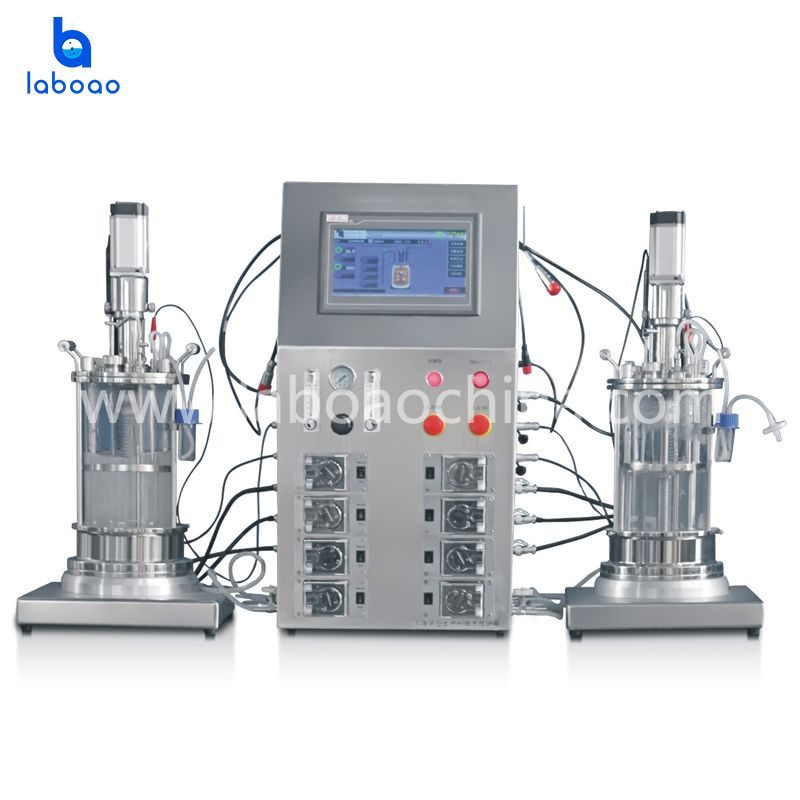Maintenance Of PH Electrode In Bioreactor Fermentor
1. Preparation before use
(1) Please check the package for damage before opening it. If the outer package is damaged, please do not continue to open the package, and immediately contact the transportation department and the company. After the representative of the transportation party arrives at the scene, they will jointly open the package and check whether the electrode is damaged. It is recommended to take pictures.
(2) If the outer packaging is intact but the electrodes are damaged, please contact the company immediately. And send the electrode back to the company together with the warranty card, manual and original packaging.
(3) Please read the instruction manual of the electrode carefully before use. If the diaphragm of the electrode is covered with silica gel, use the knife attached to the electrode to carefully scrape off the silica gel before use. The direction should be from front to back to avoid scratching the sensitive membrane. Note that all the silica gel on the diaphragm should be scraped off (until the tip of the knife touches the porous ceramic on the diaphragm).
(4) Observe whether there is liquid in the bulb of the pH electrode sensitive membrane. If it is not filled with liquid or has air bubbles, gently shake the electrode to make the bulb full of liquid without air bubbles.
(5) The electrode can be soaked in acidic buffer (pH4.00) for several minutes before use, and then soaked in neutral buffer (pH6.86 or 7.00, etc.) for several minutes. Then start the calibration again.
2. Matters needing attention during electrode calibration
(1) Before operate fermentation system, please use fresh buffer solution when calibrating. Do not use if the buffer loses its color when it fades. If using NIST series (user-prepared national standard series) buffer solution, it is recommended to use it within one week after preparation.
(2) Leave the electrode in the buffer for 1 minute before proceeding with subsequent operations.
(3) Take care to select the correct buffer series in the transmitter.
(4) After rinsing the electrode, only dry the water with a soft paper towel, and do not rub the pH sensitive membrane.
(5) The calibration period of the electrode is determined according to different use environments and accuracy requirements, and the appropriate calibration period is determined on the premise of ensuring accuracy.
3. Routine maintenance of pH electrode
(1) General pollution: Clean the electrode with water, 0.1mol/lNaOH or 0.1mol/ lHCl for several minutes.
(2) Grease or organic contamination: Clean the electrode with acetone or ethanol for a few seconds.
(3) Sulfide pollution (diaphragm black): use 9892 cleaning solution (see the instructions attached to 5).
(4) Protein contamination (diaphragm yellowing): use 9891 cleaning solution (see instructions attached to 5).
(5) Regeneration of electrodes: treat with 9895 regeneration solution (see instructions attached to 5). Regeneration can only extend electrode life to a limited extent.
(6) Sheath pressure protection: When using the electrode that needs to be pressurized, you should always observe the pressure gauge reading on the sheath. In principle, the pressure in the sheath should be higher than the pressure in the reactor by 1.5 Bar or more.
(7) When the measured medium has sulfide pollution or protein pollution on the electrode, it should be dealt with in time.
4. Storage of pH electrodes
(1) When the electrode is not used in bioreactor for a long time, it should be stored in a suitable liquid according to the instructions.
(2) The electrode cannot be stored dry for a long time, and the electrode cannot be stored when there is a dry medium on the surface. Dry electrodes should be activated in a suitable preservation solution before use.
(3) The electrode cannot be stored in distilled water.
5. Instructions for use of electrode treatment solution
(1) Electrode cleaning solution (9891)
Gastrin/HCl was used to remove protein contamination (yellowing of the septum). Usage: Put the electrode head into the solution, make sure the diaphragm is submerged in the solution (at least 1 hour). Then rinse with distilled water and recalibrate.
(2) Diaphragm cleaning solution (9892)
Thiourea/HCl is used to clean the blackened diaphragm, which is caused by sulfur-containing solutions. How to use: Soak the electrode head in the solution (the diaphragm should be submerged in the solution) until the diaphragm is colorless (at least 1 hour), then soak in 3M KCl overnight, rinse, and use after recalibration.
(3) Electrode regeneration solution (9895)
Hold the electrode with the sensitive membrane down, drop the electrode regeneration solution on the sensitive membrane, rotate the electrode continuously along the axis, it is recommended to keep it for about 3 minutes, then immediately rinse the electrode with deionized water and store the electrode in the preservation solution in the electrode instruction manual 12 Hour. Use after recalibration.




